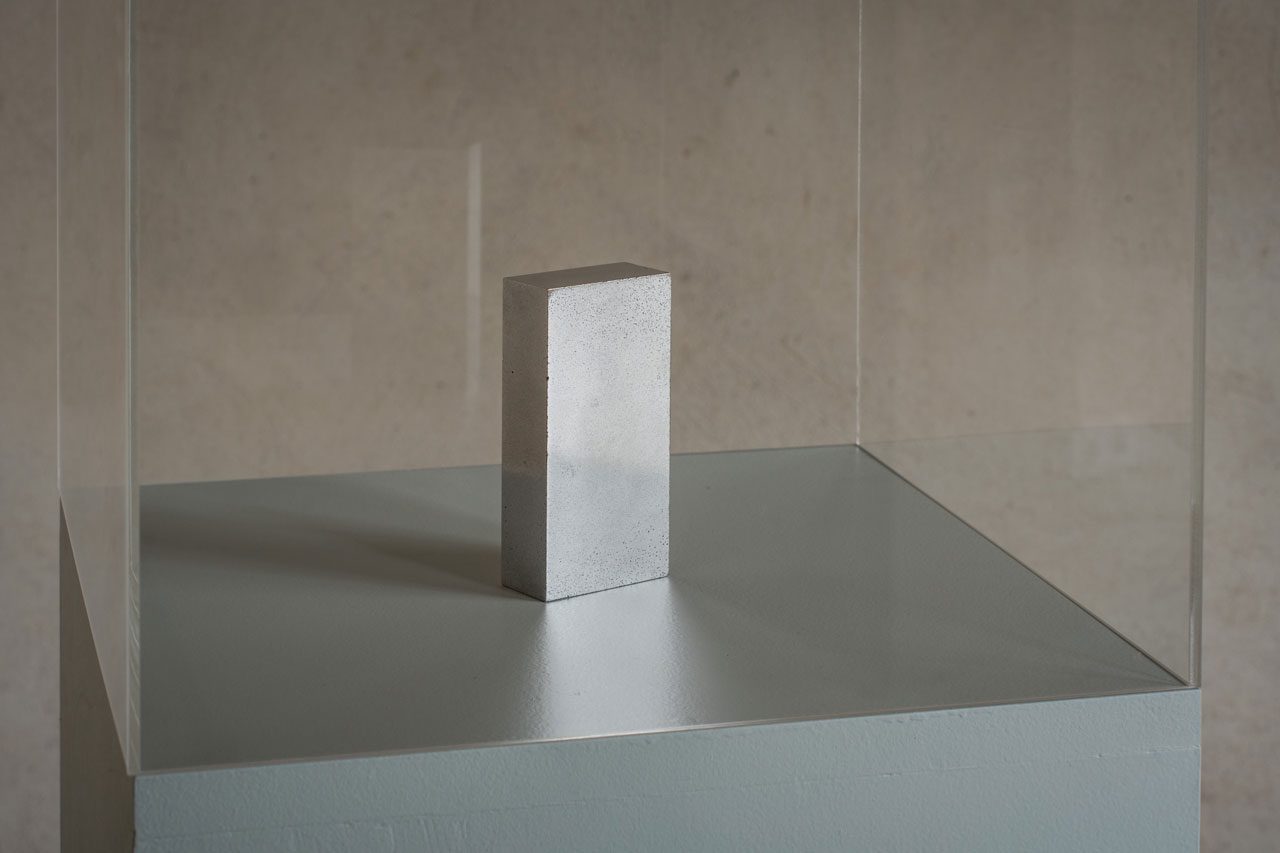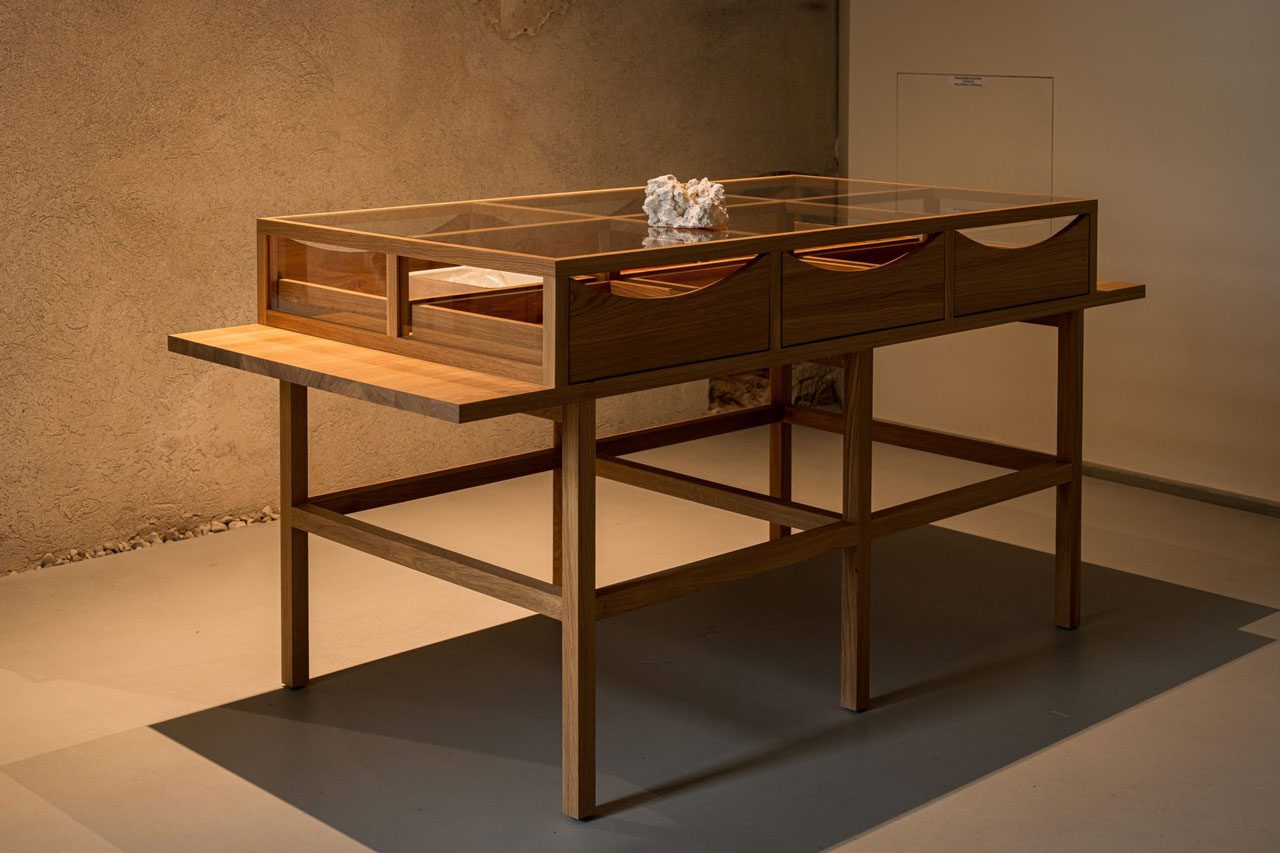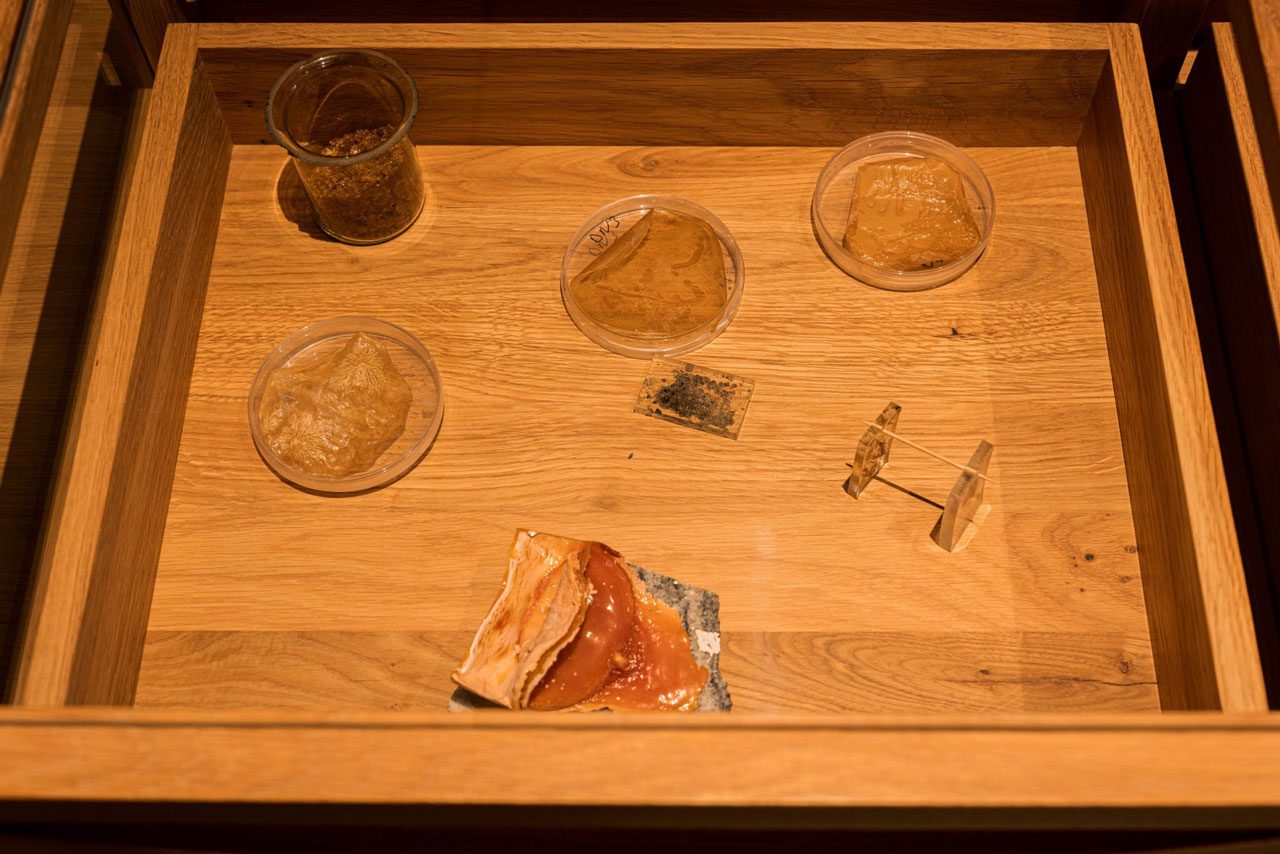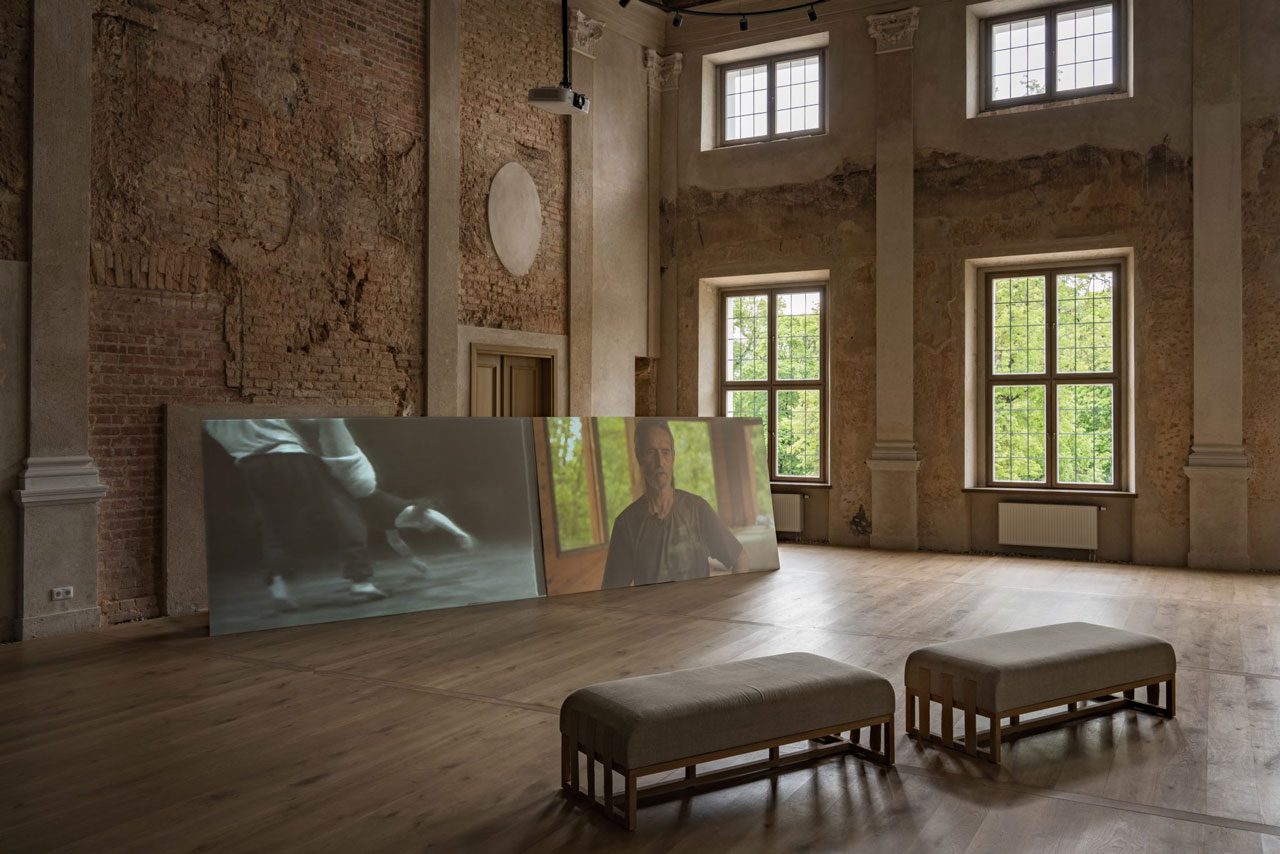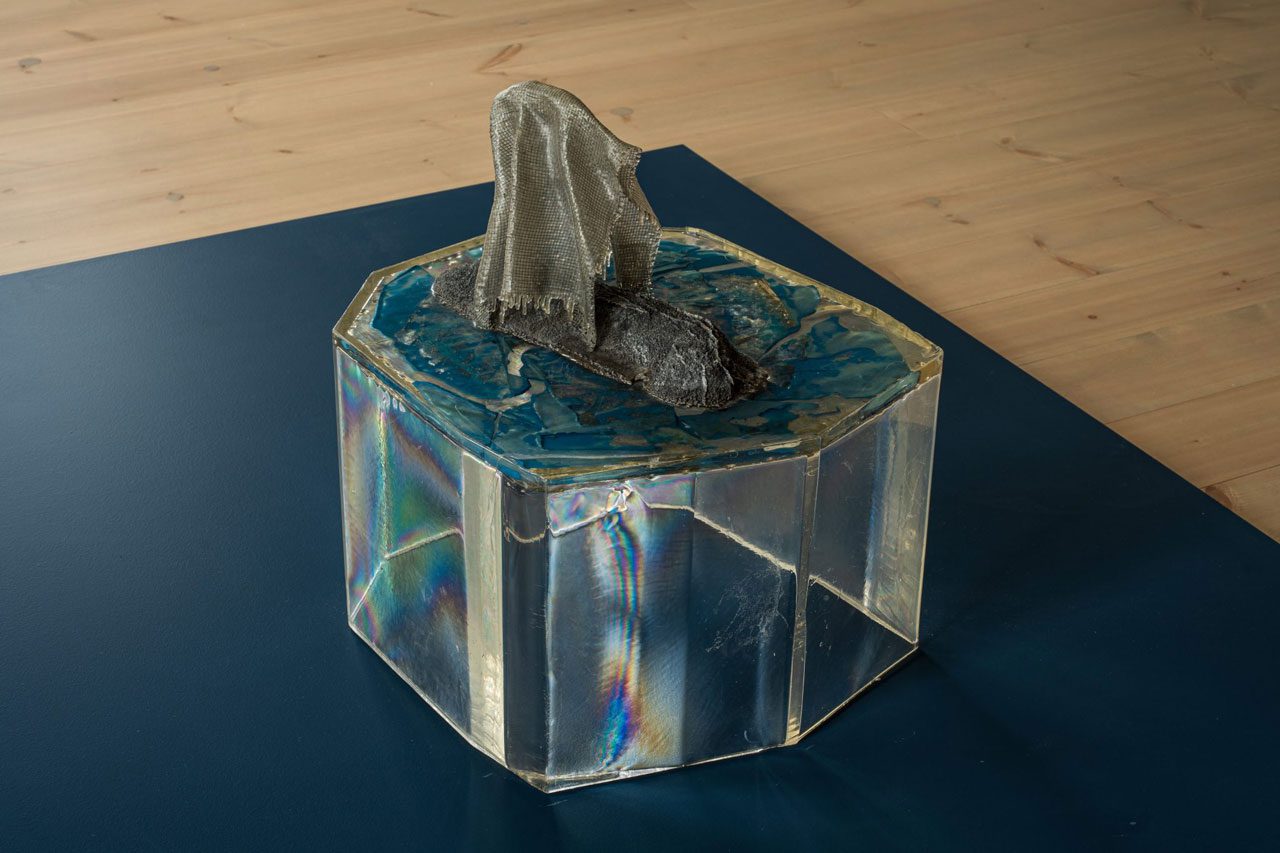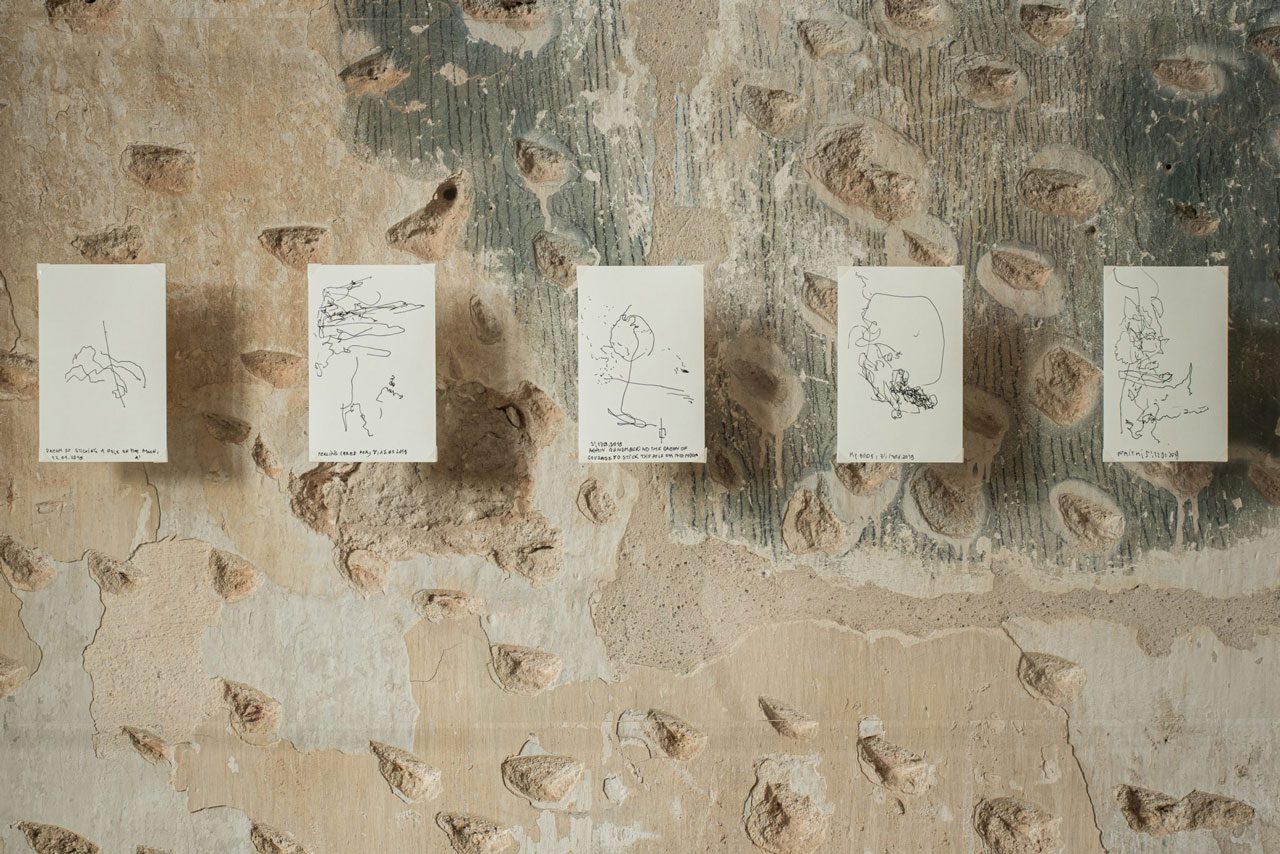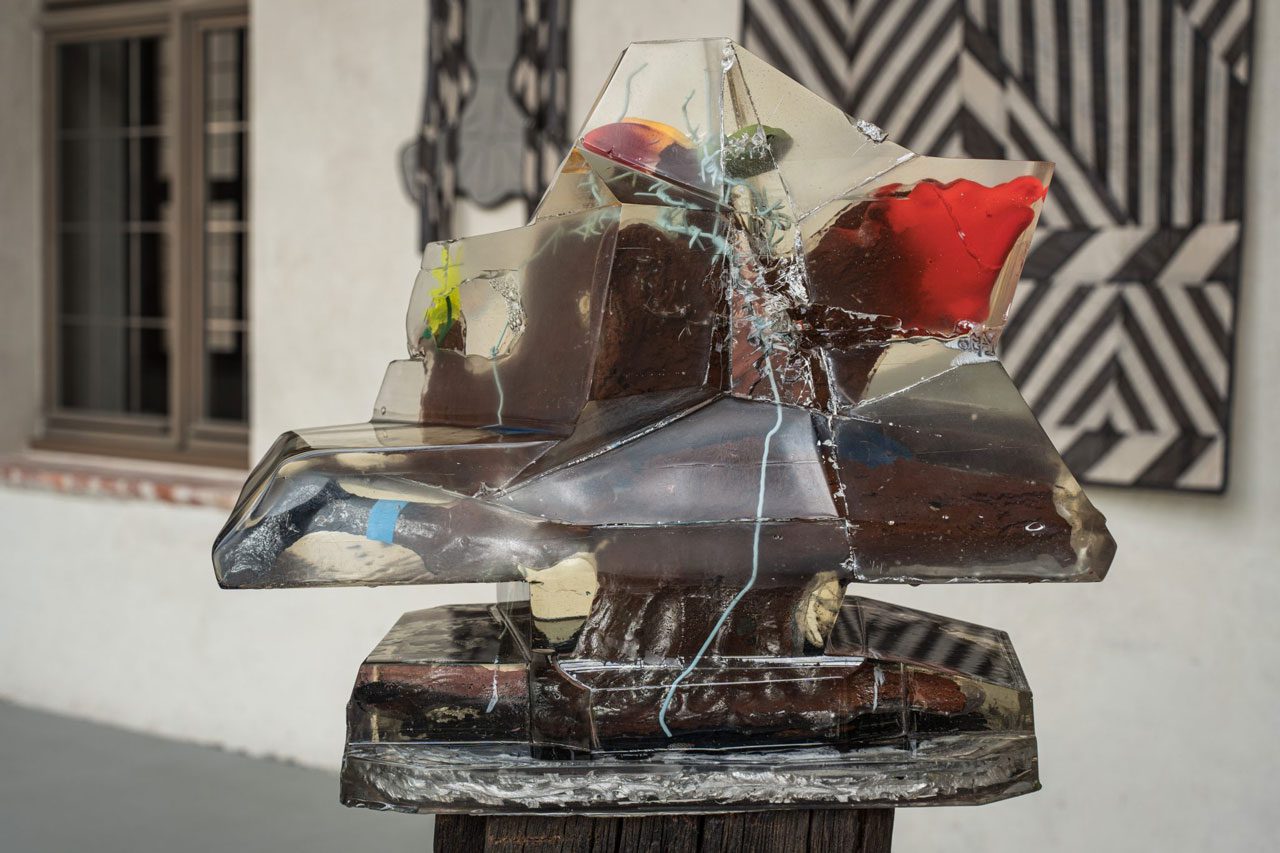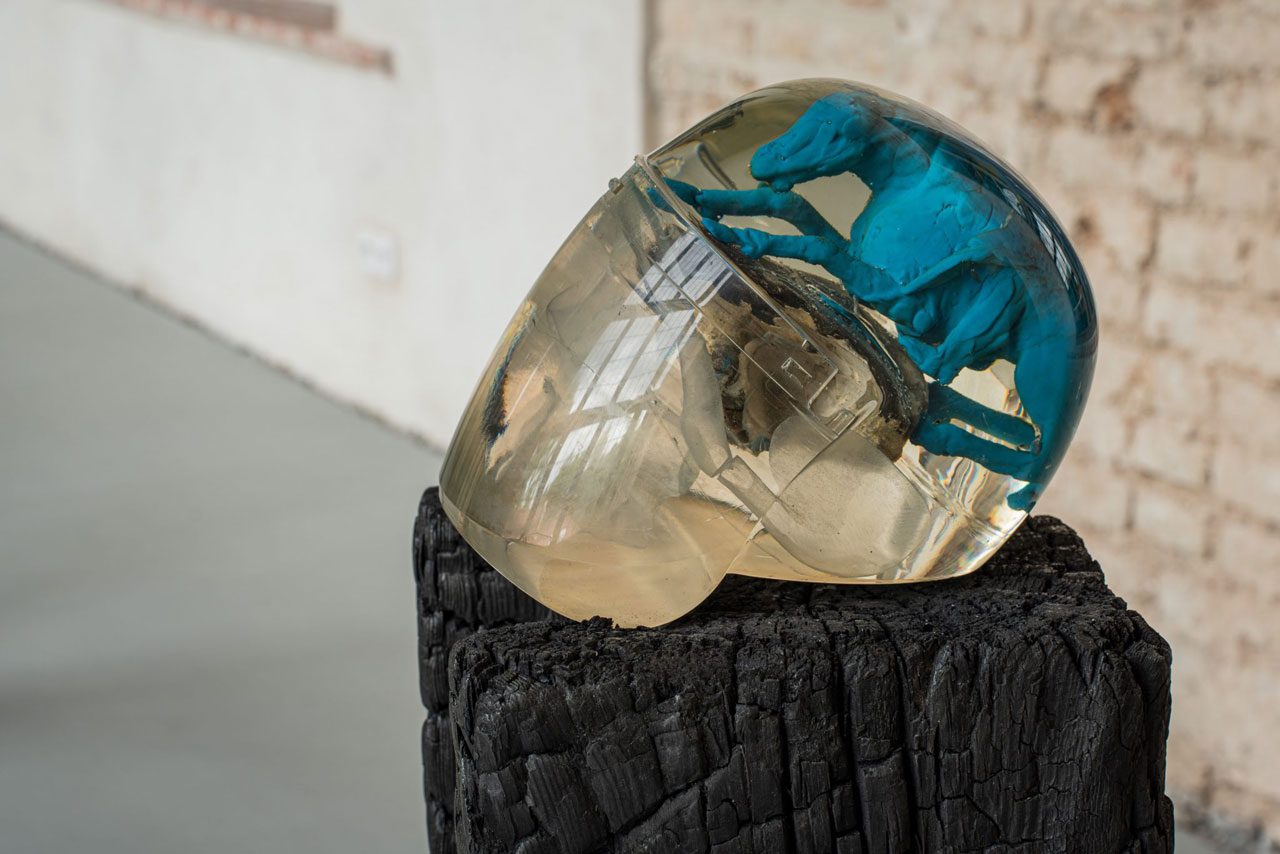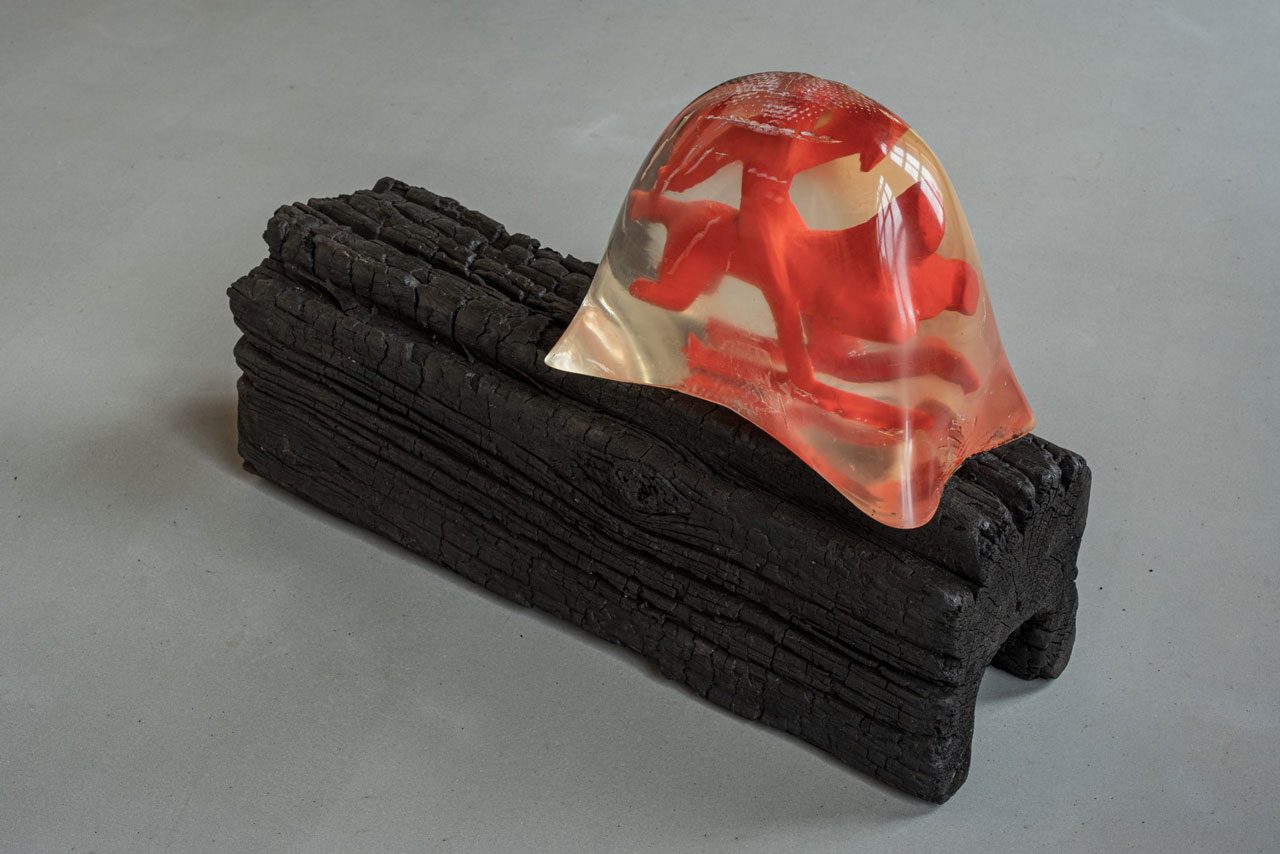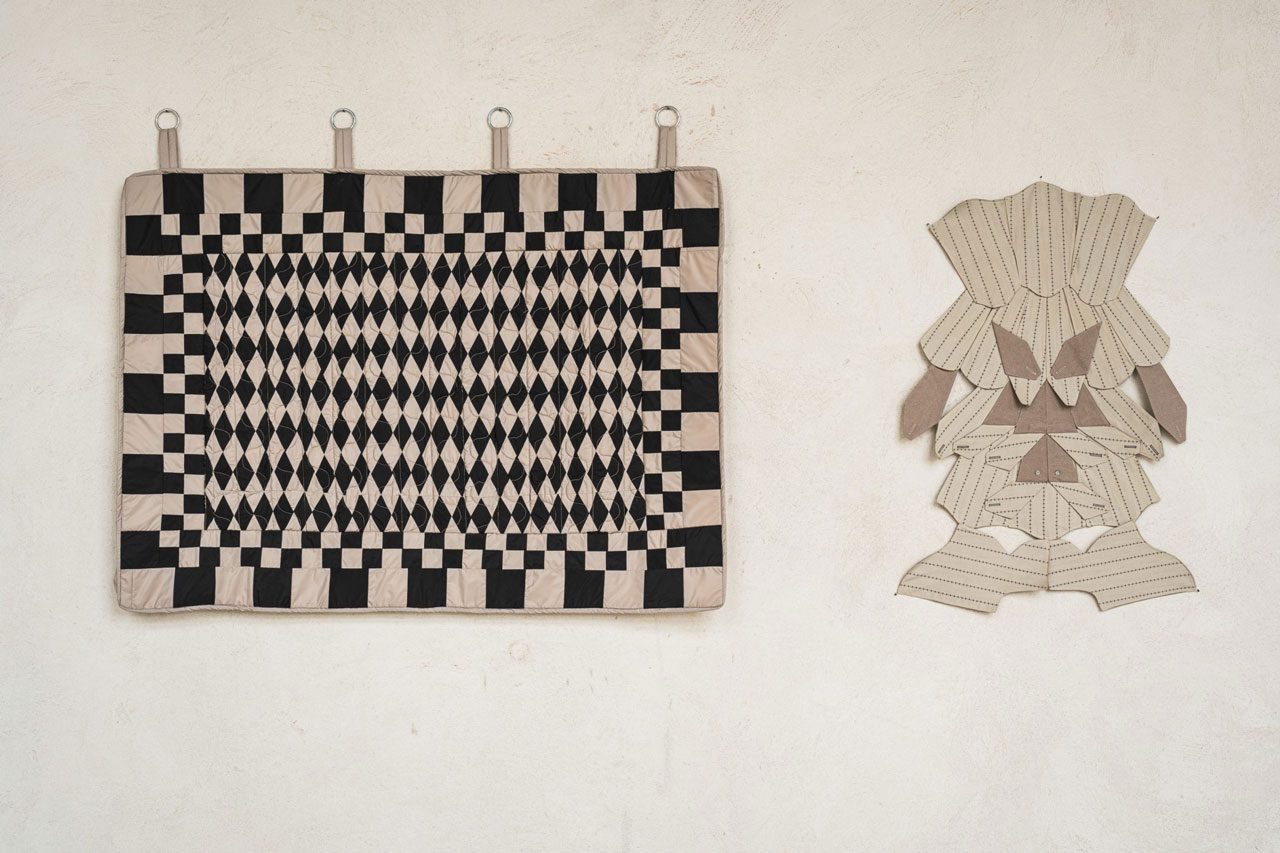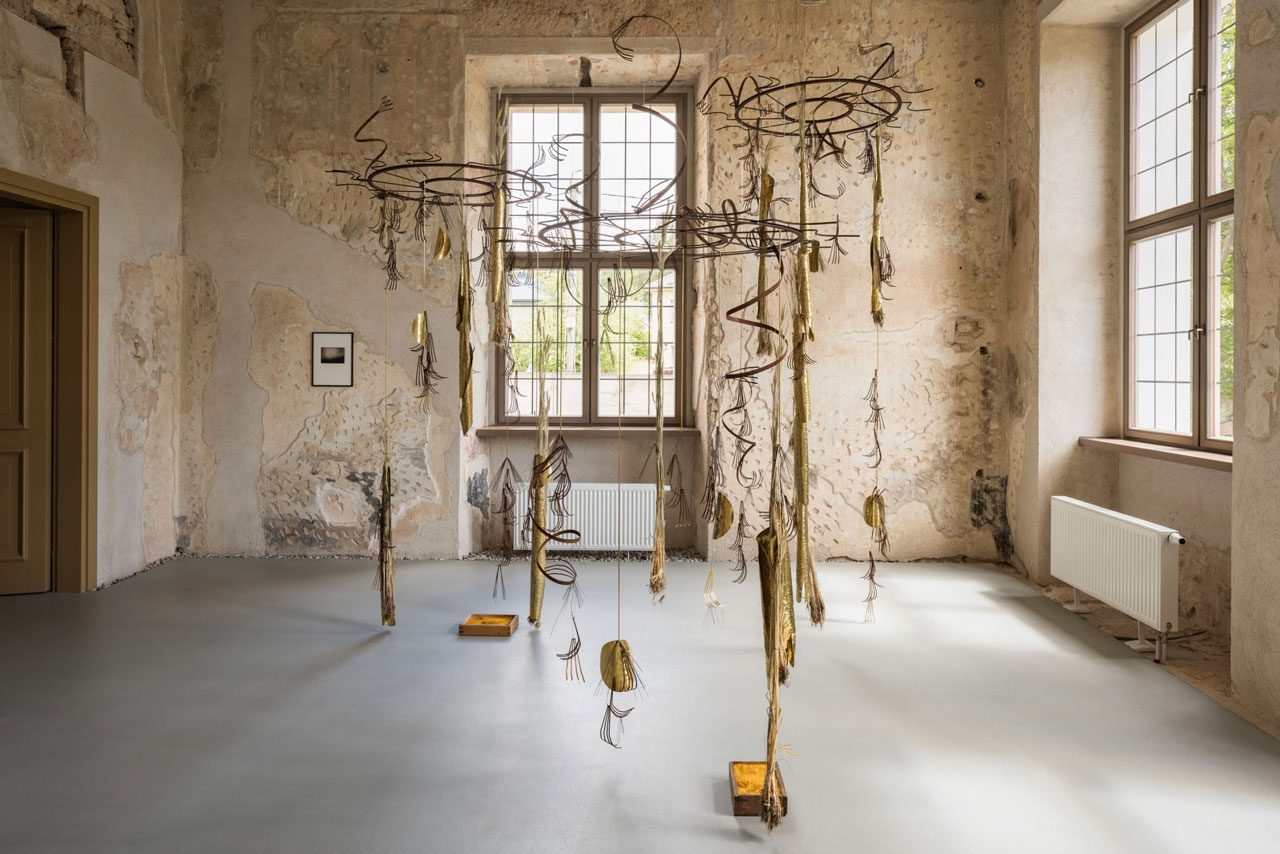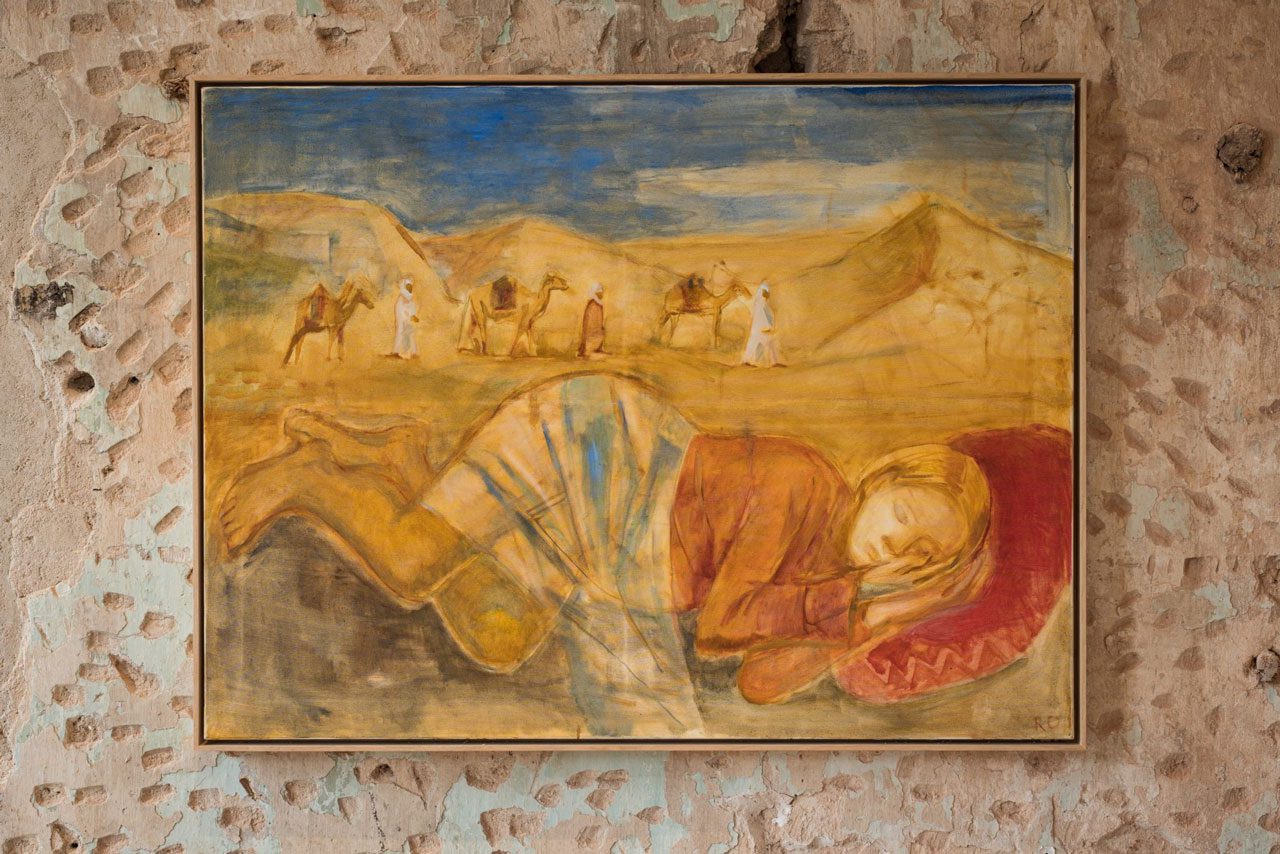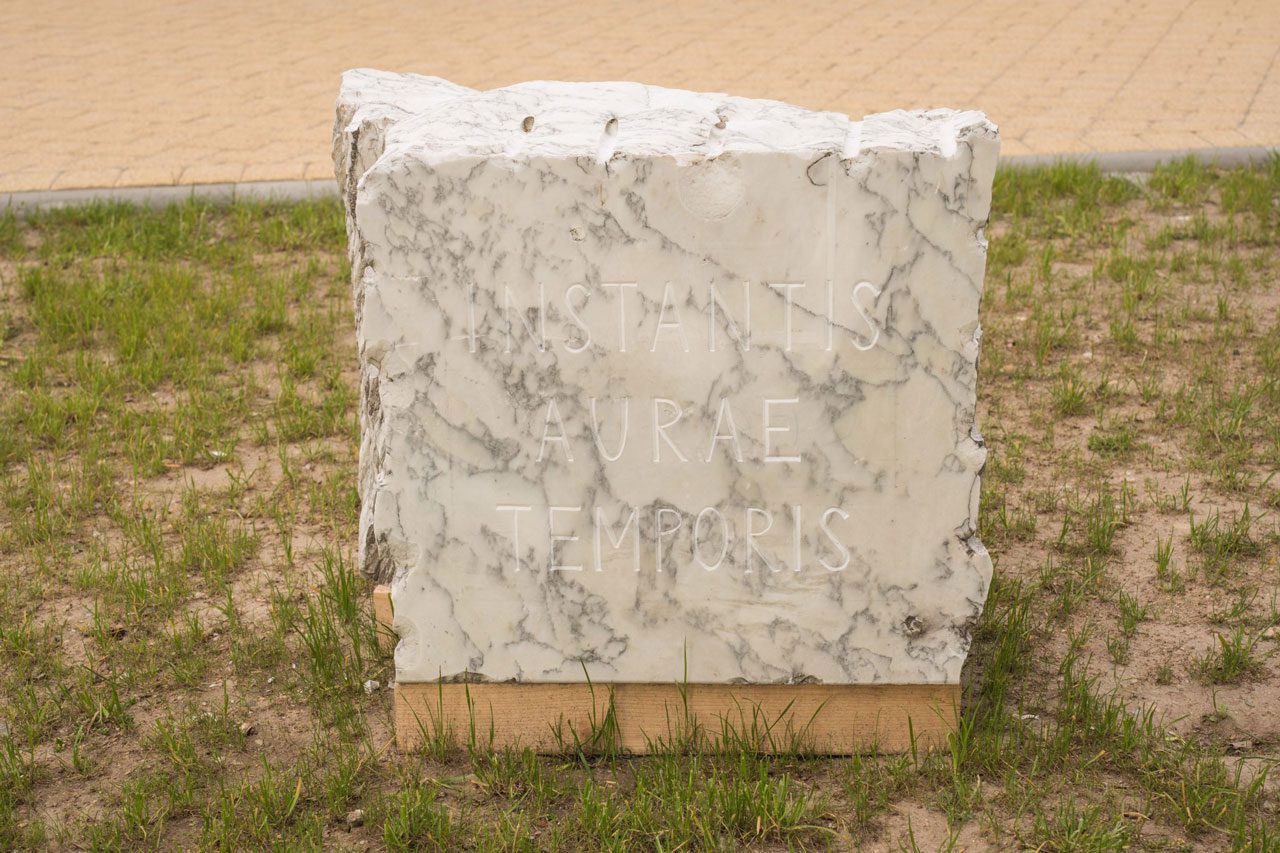PRESENTATION: Refuge
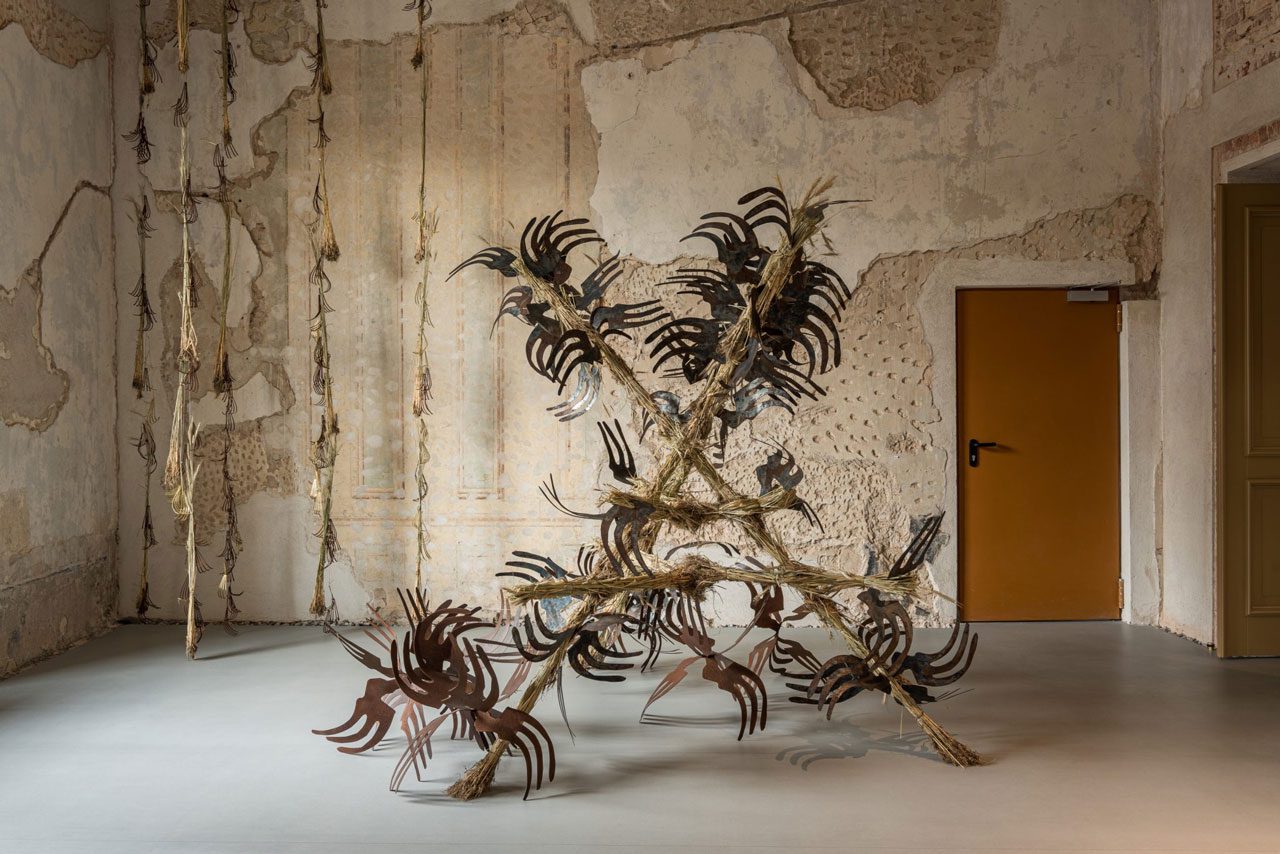 “Refuge” the inaugural exhibition of the Sapieha Palace seeks to unfold the spirit and history of the palace itself, as well as the diverse narratives surrounding its past. The works on displays and their arrangement act as a soft, transparent layer placed over the palace spaces, having been painted and repainted multiple times. The spatial and conceptual interaction thus reveals the previous and ongoing influence of a multitude of forces.
“Refuge” the inaugural exhibition of the Sapieha Palace seeks to unfold the spirit and history of the palace itself, as well as the diverse narratives surrounding its past. The works on displays and their arrangement act as a soft, transparent layer placed over the palace spaces, having been painted and repainted multiple times. The spatial and conceptual interaction thus reveals the previous and ongoing influence of a multitude of forces.
By Efi Michalarou
Photo: Sapieha Palace Arhive
The title of the exhibition, “Refuge”, points to the Latin inscription on a marble plaque above the front door of the building: it proclaims that “the grand palace, rising from the ruins, will shelter those worn-down by war and surround them in quiet and peace”. The inscription was installed by Kazimierz Jan Sapieha, commander-in-chief of the Grand Duchy of Lithuania, who built the palace as his representative country residence. The themes of victorious glory and peace were especially significant in the decoration of the palace, along with the choreography of space and allegories of virtue unique to the High Baroque. The entire ensemble, comprising the residence, its park, and the adjacent Trinitarian monastery, was intended to serve as a testament to the past and future achievements of the Grand Hetman and his influential family. However, due to a brief civil war that erupted specifically to counter the dominance of the Sapiehas, the palace served its original owner only very briefly. The themes of healing and warfare inscribed in the marble plaque continued nevertheless to resonate throughout its more than three hundred years of history. At different times, the edifice has served various owners and armies as an instrument of conquest, a trophy, a warfield, army barracks and a war hospital. Right after WWI it was repurposed by the Polish government as an eye clinic, and after WWII it was a school where Soviet military personnel were trained to operate anti-aircraft radars. The exhibition breaks away from the common ways of tracing history through the nobility, owners and family histories, or even through the grand works of singular architects and artists, venturing instead into the domain of material histories, speculative (re)construction and repurposing of affects embedded in the architecture. The one who is weary of the warfare now is perhaps the contemporary visitor. Here, in this exhibition, the spells, meditations and visions shared by the artists aim to provide conversation and refuge for enduring situations that one would rather not be in. The works offer insights and models of endurance, engaging with the themes of war and refuge, illness and healing, miracle and disaster, beginning and end. As restorers continue to uncover more traces from different periods, the walls of the palace reveal inconsistencies, interruptions, contradictions, and a wealth of diverse perspectives on the past. What may have seemed irrelevant, unwanted, or disposable at one time has been valued anew in others. The many nuances of history often remain unknown.
Participating Artists: Andrius Arutiunian, Vytautas Balčytis, Giulia Crețulescu, Bojana Cvejić & Lennart Laberenz, Vladas Drėma, Ulrik Heltoft, Mindaugas Lukošaitis, Marianna Maruyama, Petras Mazūras, Domas Noreika, Rita Olšauskienė, Alina Popa, Miljohn Ruperto, Iza Tarasewicz, Gintautas Trimakas, Peter Wächtler, Darius Žiūra
Photo: Iza Tarasewicz. Cluster of Contingencies IV, 2022. Steel, wheat, wire. Dimensions variable. Photographer: Andrej Vasilenko, Courtesy the artist and Sapieha Palace
Info: Curators: Edgaras Gerasimovičius, Virginija Januškevičiūtė, Sapieha Palace, L. Sapiegos g. 13, Vilnius, Lithuania, Duration: 12/4-31/12/2024, Days & Hours: Mon & Wed-Fri 12:00-20:00, Sat 11:00-19:00, Sun 11:00-18:00, https://sapiegurumai.lt/
